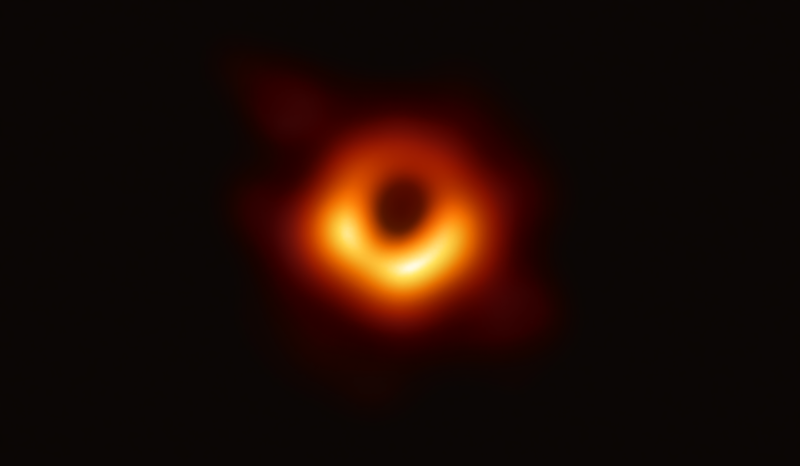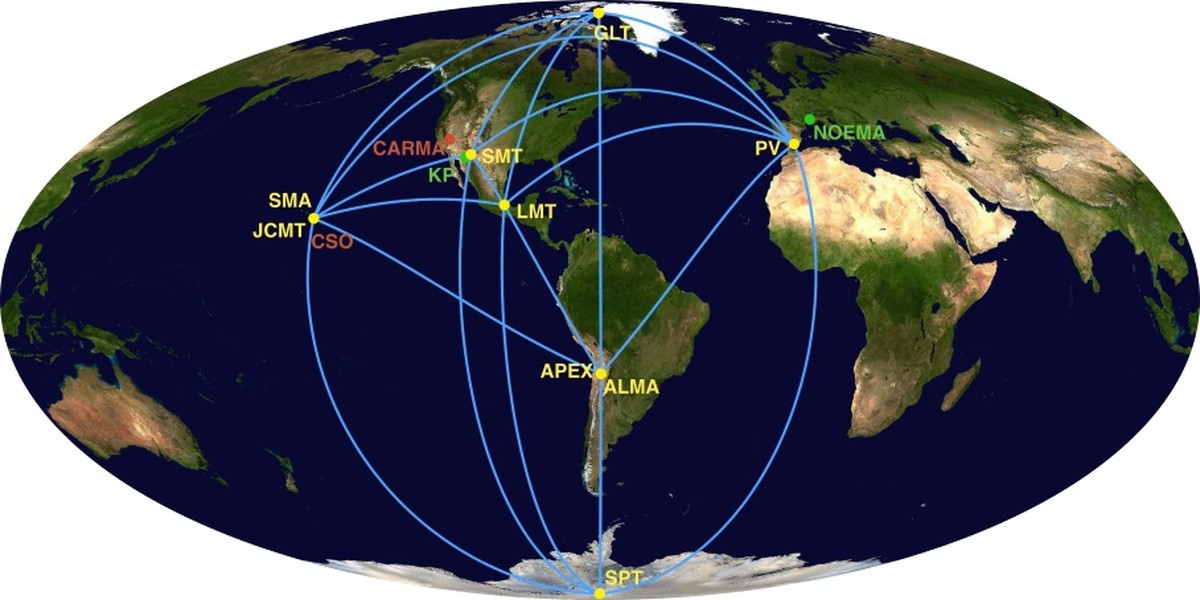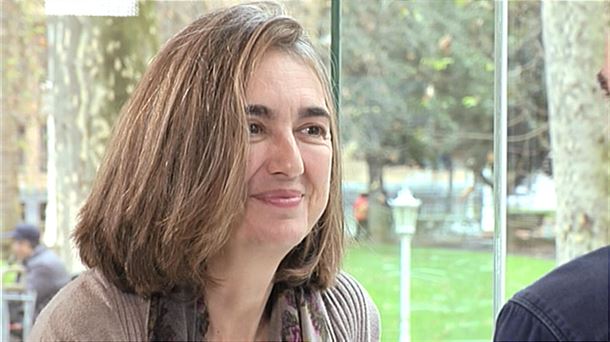The EHT telescope shows the first image of a black hole
2019/04/10 Galarraga Aiestaran, Ana - Elhuyar Zientzia Iturria: Elhuyar aldizkaria

Specifically, they have shown the black hole of the galaxy M87. This galaxy is located 55 million light-years from Earth, in the cluster of Virgo galaxies. Its black hole has a mass 6.500 million times greater than the Sun. As they have explained, the image shows the plasma surrounding the black hole and the central moraton is the “shadow” of the black hole.
In fact, the minimum speed of any object to escape the gravitational force of a black hole is that of light and, being that unsurpassed speed in nature, nothing can escape the gravitational force of the black hole. The clear escape speed frame defines the event limits (event horizon). This is what is seen in the image and with it they have confirmed that the theory that preached black holes, the theory of general relativity of Einstein, is correct.
Forecasts fulfilled
Therefore, the result presented has fulfilled all the forecasts. In fact, before seeing it, astrophysics Itziar Garate López considered the news very important, since in addition to being the first direct test of the existence of black holes, “I would check or override what general relativity says about black holes.” Itziar Aretxaga Mendez also had a lot of interest: “It can give confirmation of general relativity in a very large gravitational field or deviations will be seen.”
The expectations of both have met the results of the EHT telescope team. More than 200 researchers have collected and worked the data of eight radio telescopes distributed around the world within the EHT project: SPT Polo Sur, SMT Arizona, SMA and JCMT Hawaiian, PV Granada (Spain), APEX Chile and ALMA and LMT Mexico.
Those who have collaborated in this last experience have closely followed their work at the Institute of Astrophysics, Optics and Electronics of Mexico: “They have focused on how to mix the signals of the different telescopes to achieve the mirror role of a telescope as large as Earth.” Yes, he has stated that they have kept the secret well: “Many times I have asked my colleagues how the results are and they have not meant anything. They have remained silent until the press conference. But on their faces it was noticeable that they had something good…” He got up and right.
All the results have been published in six articles in The Astrophysical Journal Letters.

Gai honi buruzko eduki gehiago
Elhuyarrek garatutako teknologia






